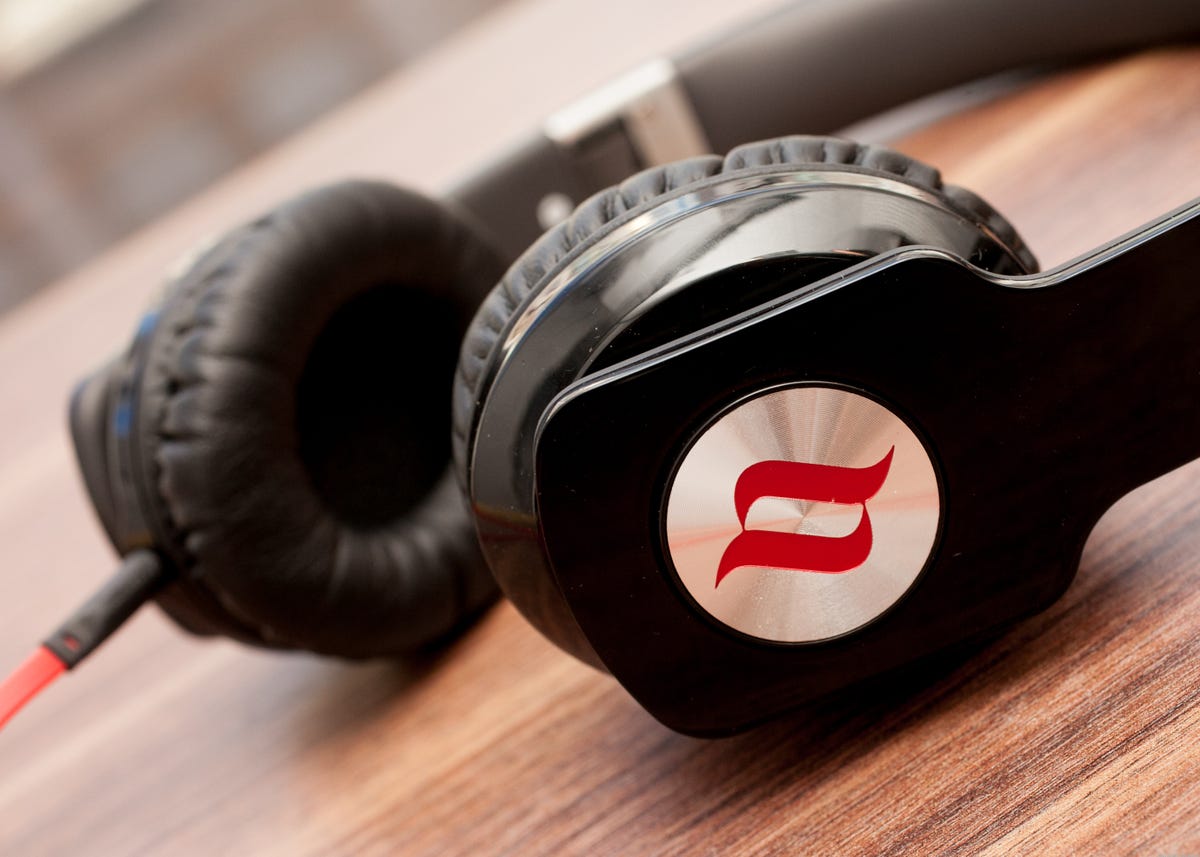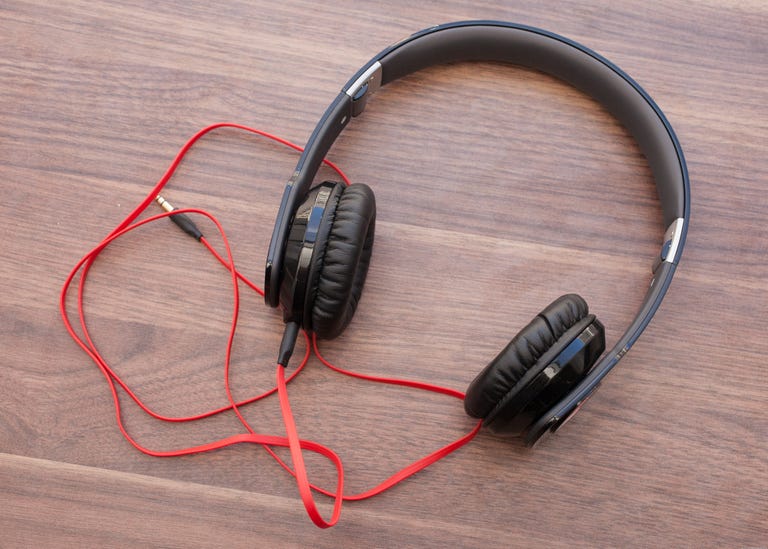 Why You Can Trust CNET
Why You Can Trust CNET Noontec Zoro headphones review: An audiophile bargain
With excellent build and sound quality for a budget-friendly retail price, the on-ear, closed-back Noontec Zoro headphones earn an enthusiastic recommendation.
The Noontec Zoro headphones are unusual in a number of ways, though some folks will first focus on their styling. The high-gloss finish and smooth headband mimic the look of the Beats by Dr. Dre Solo, but the resemblance ends there. The Zoro headphones don't sound like the Solos -- the Zoros aren't as bass-heavy and have a sweeter treble tonal balance. Putting aside the Beats comparison, most comparably priced headphones are less clear and precise; the Zoros are unusually neutral-sounding for $100 headphones. With excellent build and sound quality for a budget-friendly retail price, the Noontec Zoro headphones earn a recommendation for their on-ear, closed-back design.
The Good
The Bad
The Bottom Line
Design and features
The Zoro headphones' build quality is fair for the money, but no one's going to mistake them for an expensive pair. They fold up for compact storage but as with all hinged headphones in their price class, the plastic and metal hinges are the obvious weak point in the design. If you're rough with headphones, you should probably avoid buying $100 hinged headphones altogether.

Weighing just 5.3 ounces, the Zoros are certainly lightweight and comfortable to wear, but the faux-leather ear cushions put more pressure on the tops of my ears than the bottoms. That pressure detracts from long-term comfort, and the headband shape and the earcups' limited pivot range were also sources of minor irritation. While it's true that everyone's head and ears are shaped differently, I would still rate the Zoros only slightly lower than average for an on-ear design.
The earpads produced a less-than-ideal seal that didn't block much environmental noise, but the upside to that is being able to hear what's going on in your surroundings, and the pads didn't make my ears sweat.
The Zoros have 40mm drivers and impedance is rated at 16 ohms, making them easy to drive for phones and other portable music players. The user-replaceable headphone cable is resistant to tangles, and plugs into the left earcup. Both ends of the 48-inch-long flat cable are fitted with 3.5mm connectors, but, alas, the Zoros lack a remote and microphone. The headphones fit inside the included soft carrying case.
The Noontec Zoro headphones come with a one-year warranty, and the manufacturer's importer, ERG Distributors in Carteret, N.J., handles all claims. Note that you'll need a proof of purchase to start a warranty claim.
Performance
The Zoros sound surprisingly neutral for a $100 pair of headphones, meaning they don't boost some frequencies or roll off others. No, the Zoros tell it like it is, and high-quality recordings sound clear and natural.
To put their sound in context, I compared the Zoros with the new Logitech UE 4000 on-ear headphones ($100). The Zoros play a lot louder at the same volume setting on my iPod Classic, proving the Zoros are much easier to drive. It's also immediately clear that the Zoros are more dynamically alive than the UE 4000s. The latter pair squashes the sound of the bass drum beats that kick off Cat Power's "New York," while the Zoros reproduce the sound of cymbals better and with less fuzz. The UE 4000s also have a softer, less detailed sound, but with greater warmth.
Comparing the Zoro headphones with the Audio-Technica ATH-WS55 on-ear headphones ($99), the WS55s' sound was slightly more open and spacious, so the music seemed to be coming from a little farther away. Carter Burwell's orchestral score for "Fargo" sounds more immediate and detailed over the Zoros, while the WS55s flaunt softer and sweet treble with a more tightly defined low end.
Still, the Zoro bass is powerful, but never overblown or lumpy. Rocking out to The Dead Weather's "Sea of Cowards" proved the Zoros like loud music, no problem. In short, the Noontec Zoro and Audio-Technica ATH-WS55 headphones sound different, so there's no clear winner.
The Noontec Zoros' sound is, above all, balanced. Nothing about the sound stands out or starts to annoy over time. It's that quality that should make these headphones attractive to budget-minded audiophile buyers.
Conclusion
The lack of phone controls and mic may put off some buyers, and comfort issues may be a concern, but that's always a very subjective call. The chief sonic strengths of the Noontec Zoro headphones are their clarity and natural sound balance. I have yet to hear a pair of headphones that would please everyone, and $100 headphones are even less likely to do so. Regardless, I think these are among the best $100 on-ear headphones you can buy.


